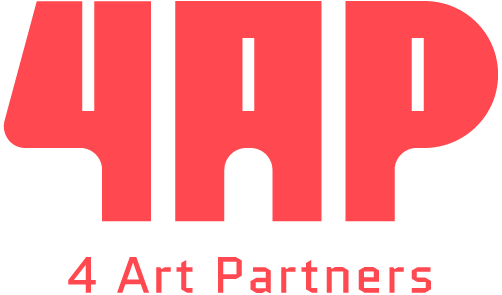
Remedios on Art, Sustainability, and Brand Collaborations
Tell us about how you became an artist.
When I was a young woman, I always looked at drawing as a form of refuge. Through all the stages of my life, drawing has always been present and always dictated a narrative of how my thoughts have evolved throughout the various phases of my life. In many ways, my art tells the story of my life. Drawing has truly enabled me to speak to the world in a very intimate way by allowing me to create my own language to tell my personal story to the world.
What is the meaning of the symbols in your art such as the plants, the female figure, and the insects?
The plants are all about the environment that I have traveled to and inhabited - they symbolize the connection between me and those environments. Wherever I go or travel to - nature, gardens and natural environments have always been a place for me to call ‘home.’
The feminine figure in my work is about organic movement, growth and equilibrium. Her presence holds weight and strength and for me, she becomes the gravitational force of my work.
The insects represent the tiniest little beings in the garden that I always viewed as collaborators. It appeared that they were always busy being accomplices in things going on in the environment.
The beetles in my work are a motif from my childhood growing up in Colombia - beetles were ever-present, especially in places like my grandfather’s strawberry garden, where I spent a lot of time as a child.
Where do you seek inspiration?
Childhood memories, my parents, my travels and places that I have lived, and nature, have naturally been very inspirational to my creative process. I also draw a lot of influence from Art Nouveau, like William Morris and the Arts & Crafts movement, the books written by Kandinsky, Alma Mahler and her sense of connecting with the spirit. The music of Yann Tiersen; his music is all about the connection with nature. One could say Jaime Hayon is my contemporary idol as an artist that collaborates with retail and brands, he treats his art very childlike, bold yet whimsical, and because that connection is so powerful, he has been able to collaborate in so many different ways.
What is the connection between sustainability and your art?
How will I bring elements of nature into my work to make people think about their relationship to their environments has always been a major question in my creative process. Like an ecologist, I look to study the relationship between living things and the environment through how my viewers interact with the art that I create. Part of the purpose of my art is to bring awareness to the playfulness and innocence of nature and that this connection to nature starts from childhood.
With materials and mediums used in my work, I’m careful to avoid damaging mediums like aerosols or materials that are disposable. I prefer to use water-based paint and bases like wood, that have natural durability. I also strive to limit waste-production from my creative process and strictly only use just the amount of material I need to create my works, leaving behind very little excess material. I source all of these materials locally, and frame everything myself.
While I’m very conscious of using sustainable materials, social sustainability is the larger focus of my work; helping people understand the connection between nature, individuals, and the role of these two in the social sustainability cycle.
As an artist, what is the most important thing you would like your audience to learn from your work?
The connection between nature and our responsibility to be conscious participants in the world. It’s about trying to bring awareness to focusing on the details; to focus on simplicity and have awareness of our lifestyles.
What are your thoughts on the intersection of art and fashion?
The first component is taking art out from traditional spaces like museums and galleries and putting them into a different context to make it more accessible. The art doesn’t lose it’s narrative by doing so because it’s about creating works for a space that make sense for the space. Partnering with fashion doesn’t mean you need to go commercial and mass-produced merchandise but your approach can be more curated and organically connected.
Why are you interested in collaborating with brands and the retail space?
I like to collaborate with brands that share my values system. For me, it is important to bring awareness to how people should consume, whether it be fashion or art, and to provide a better perspective on current issues. I think brands can achieve that through collaborating with art.

